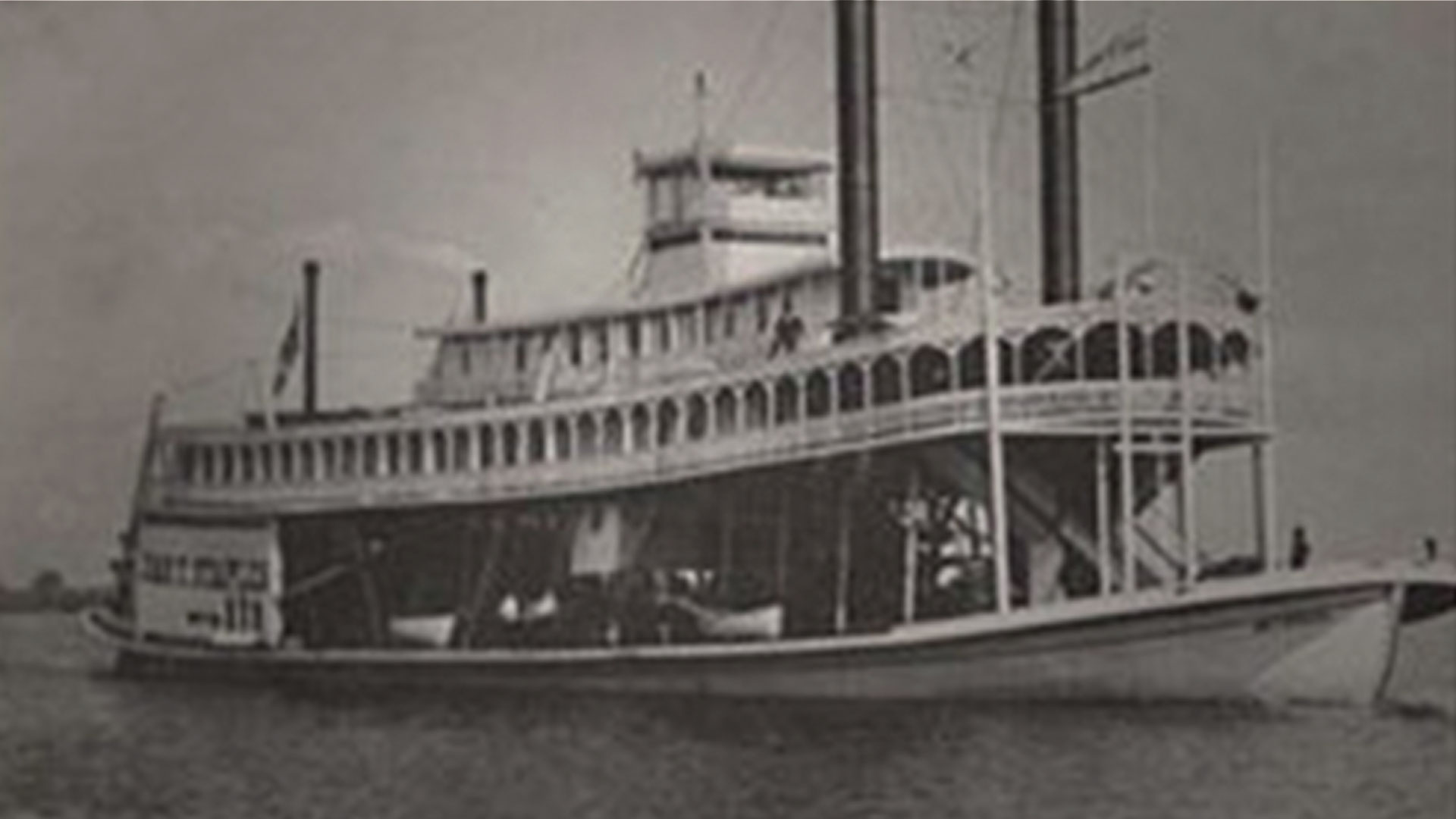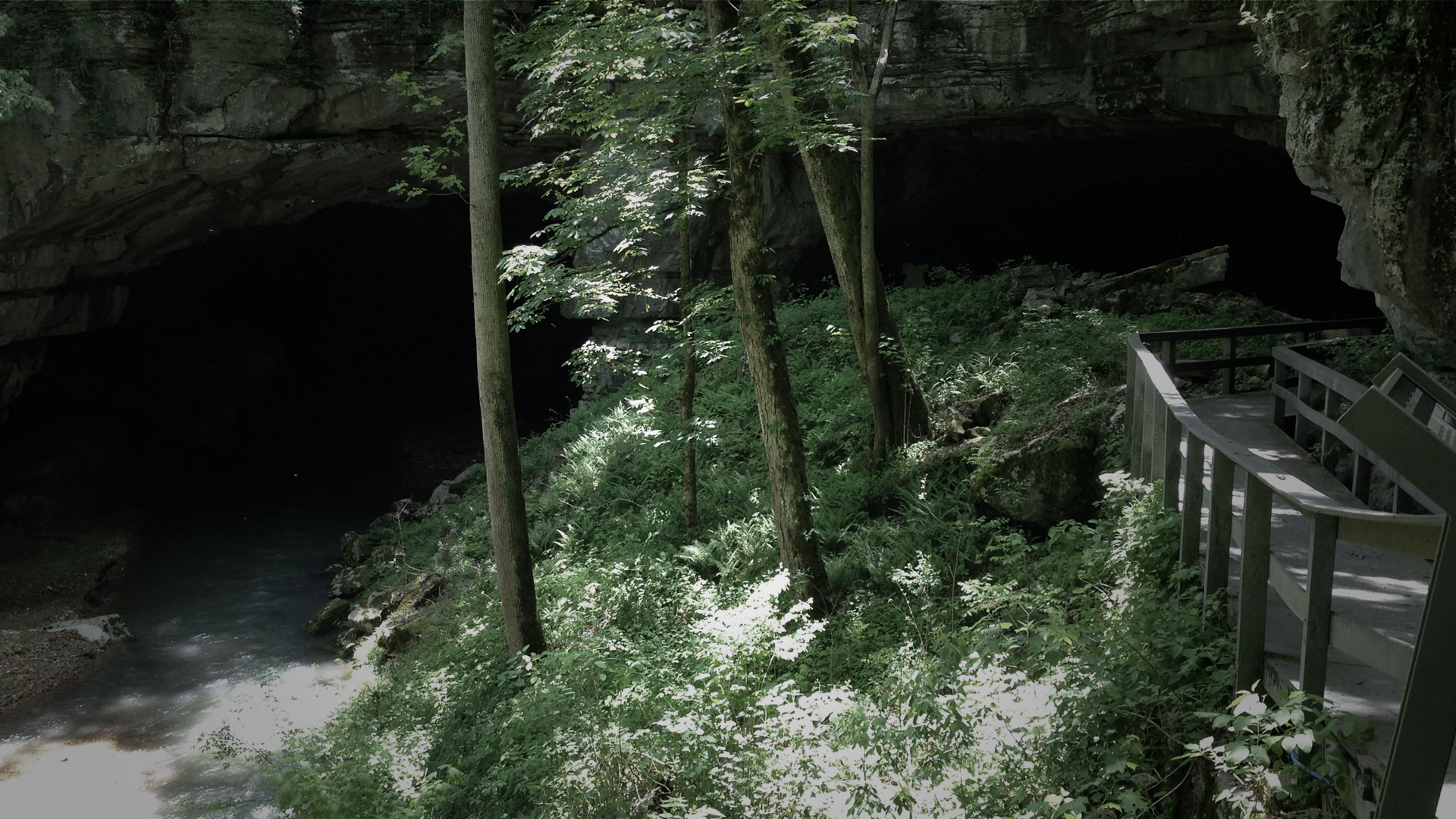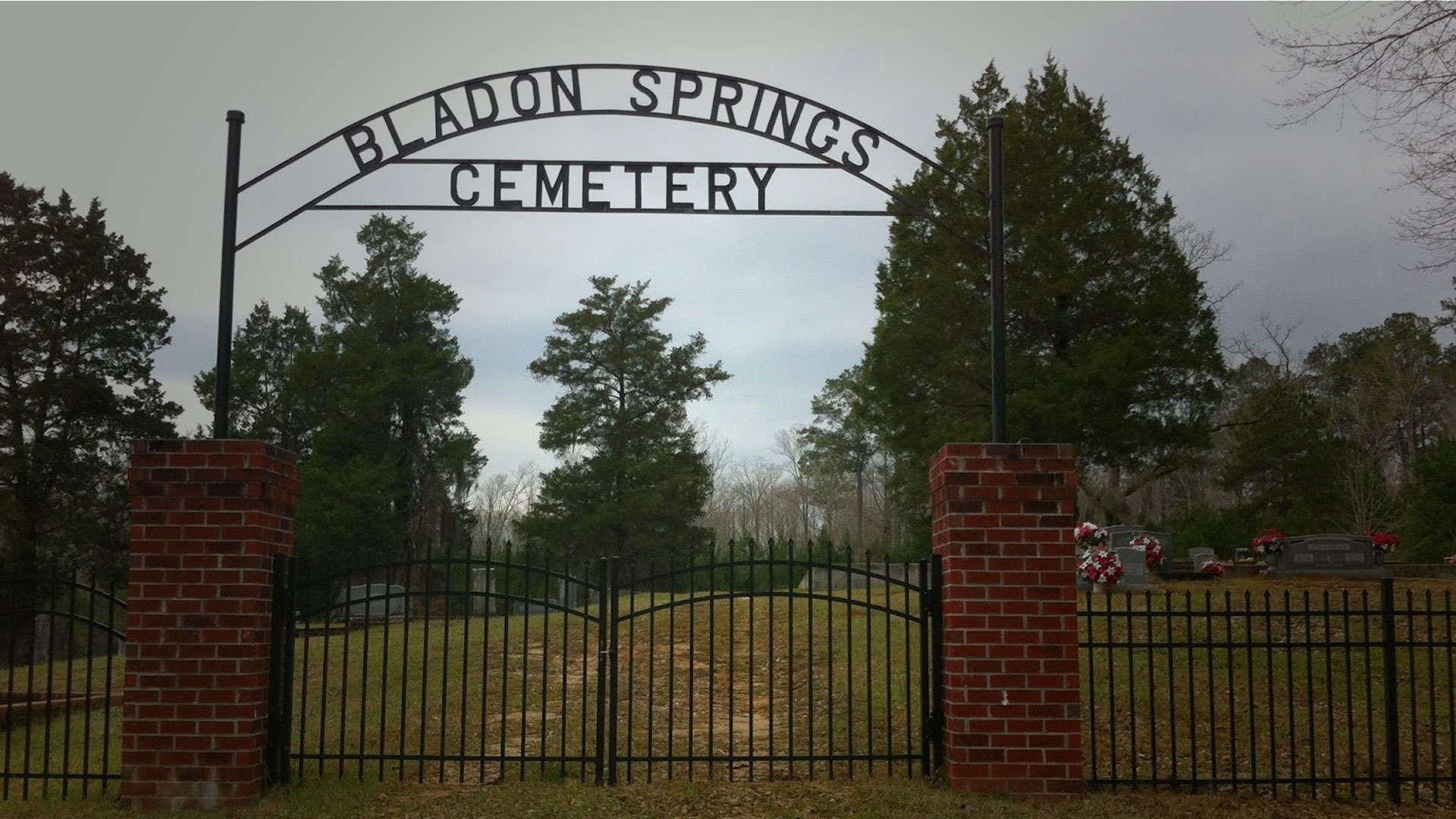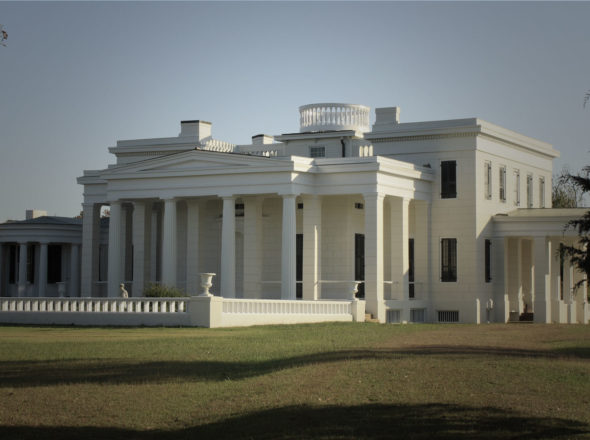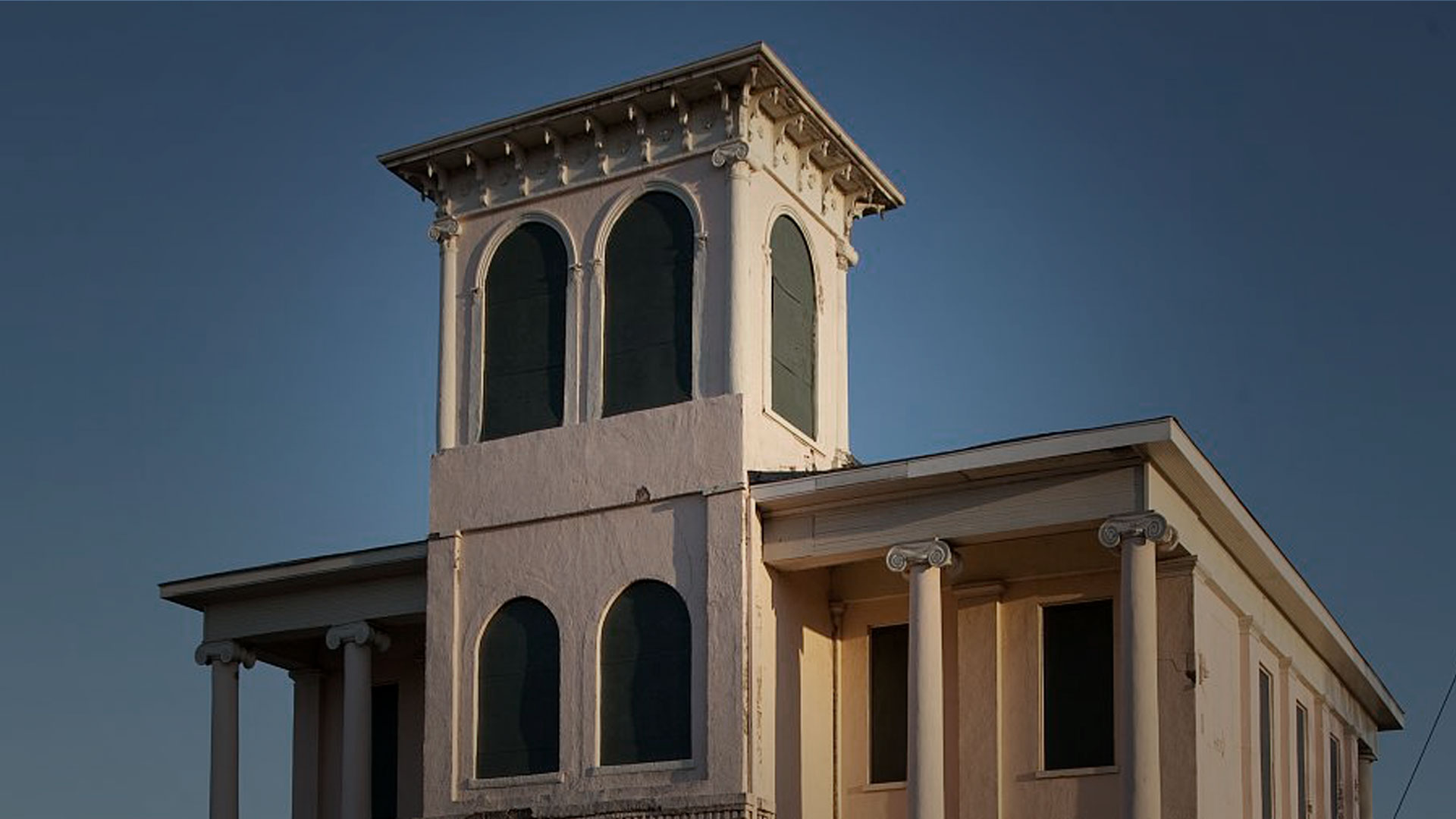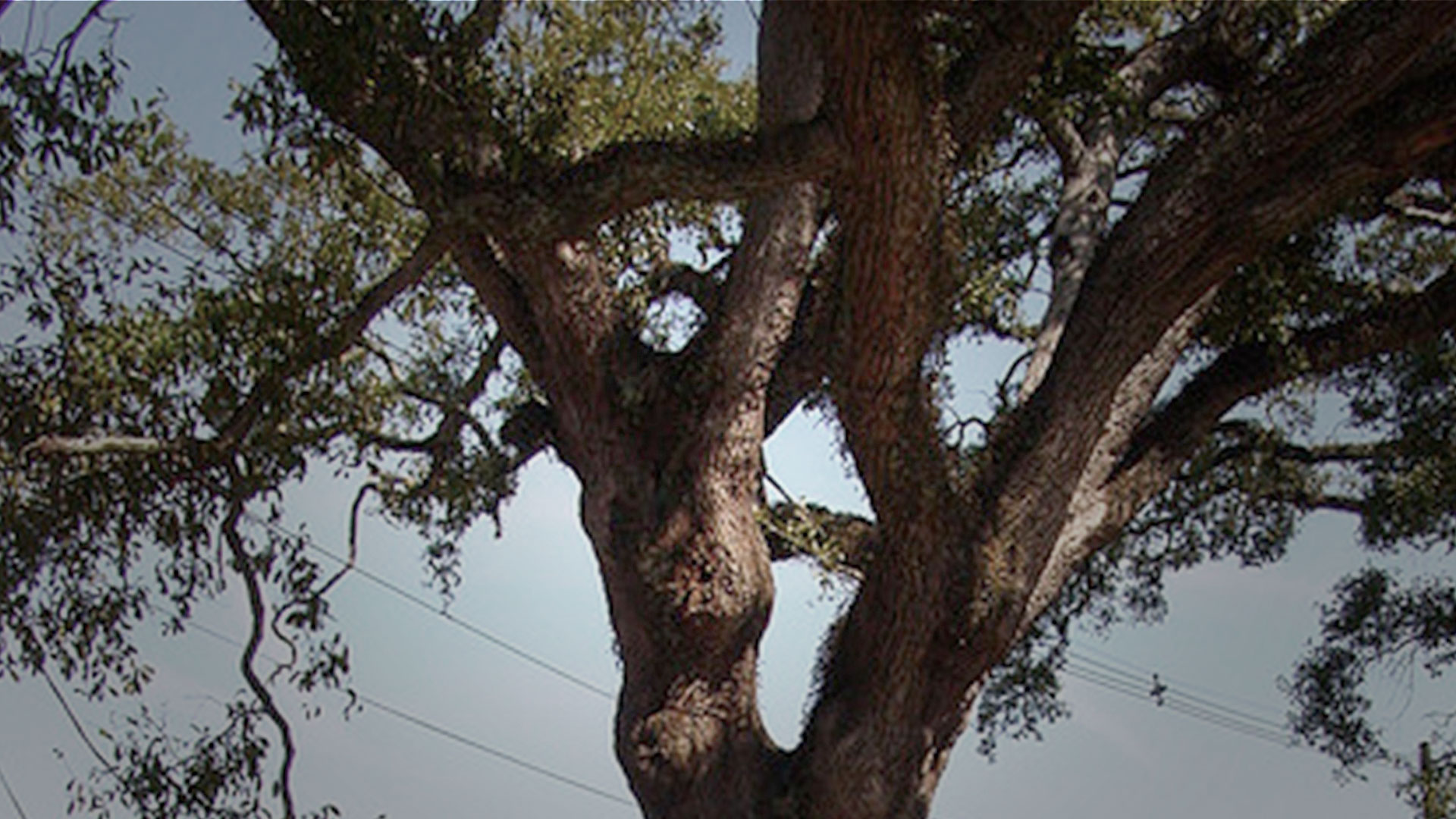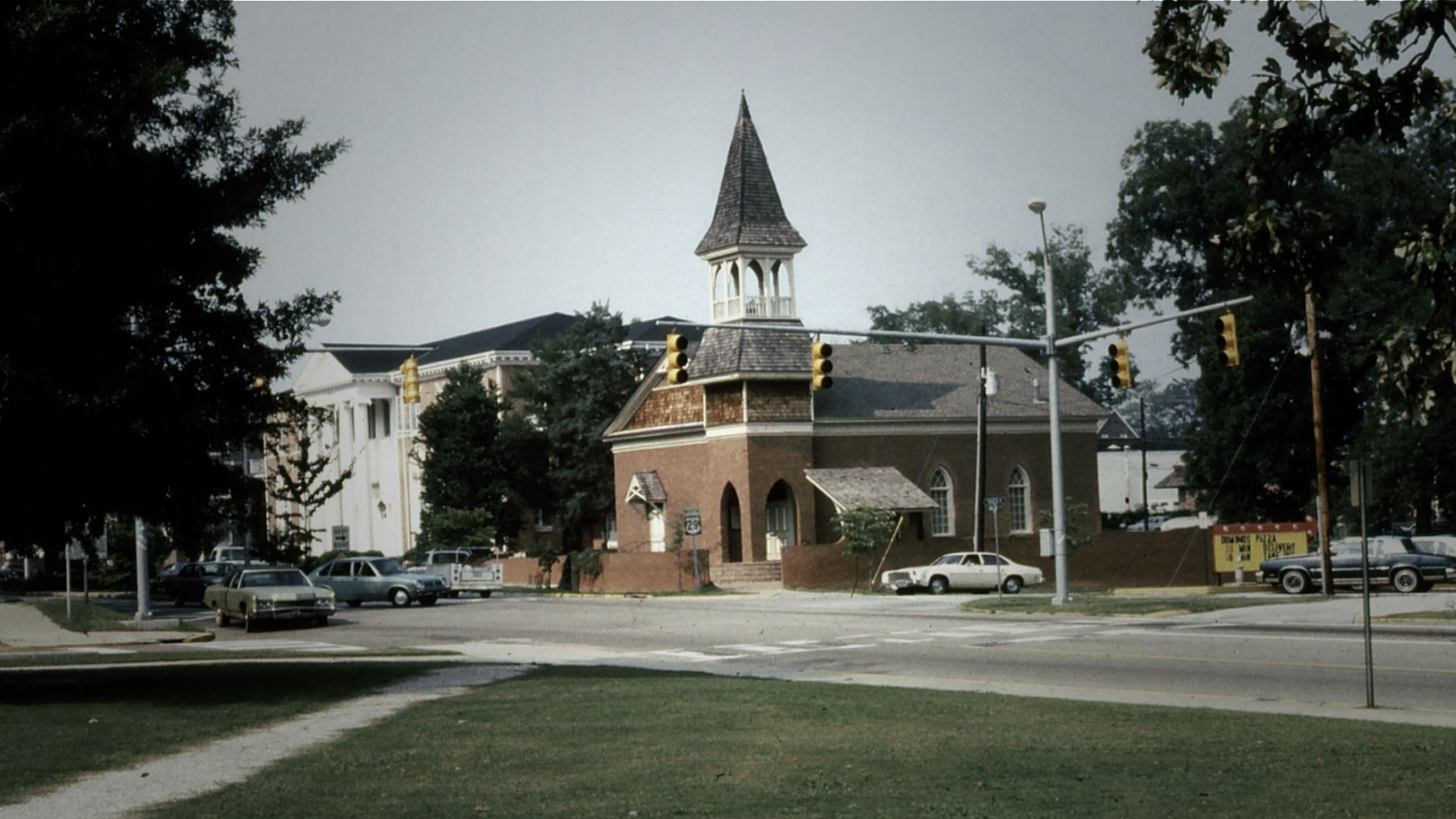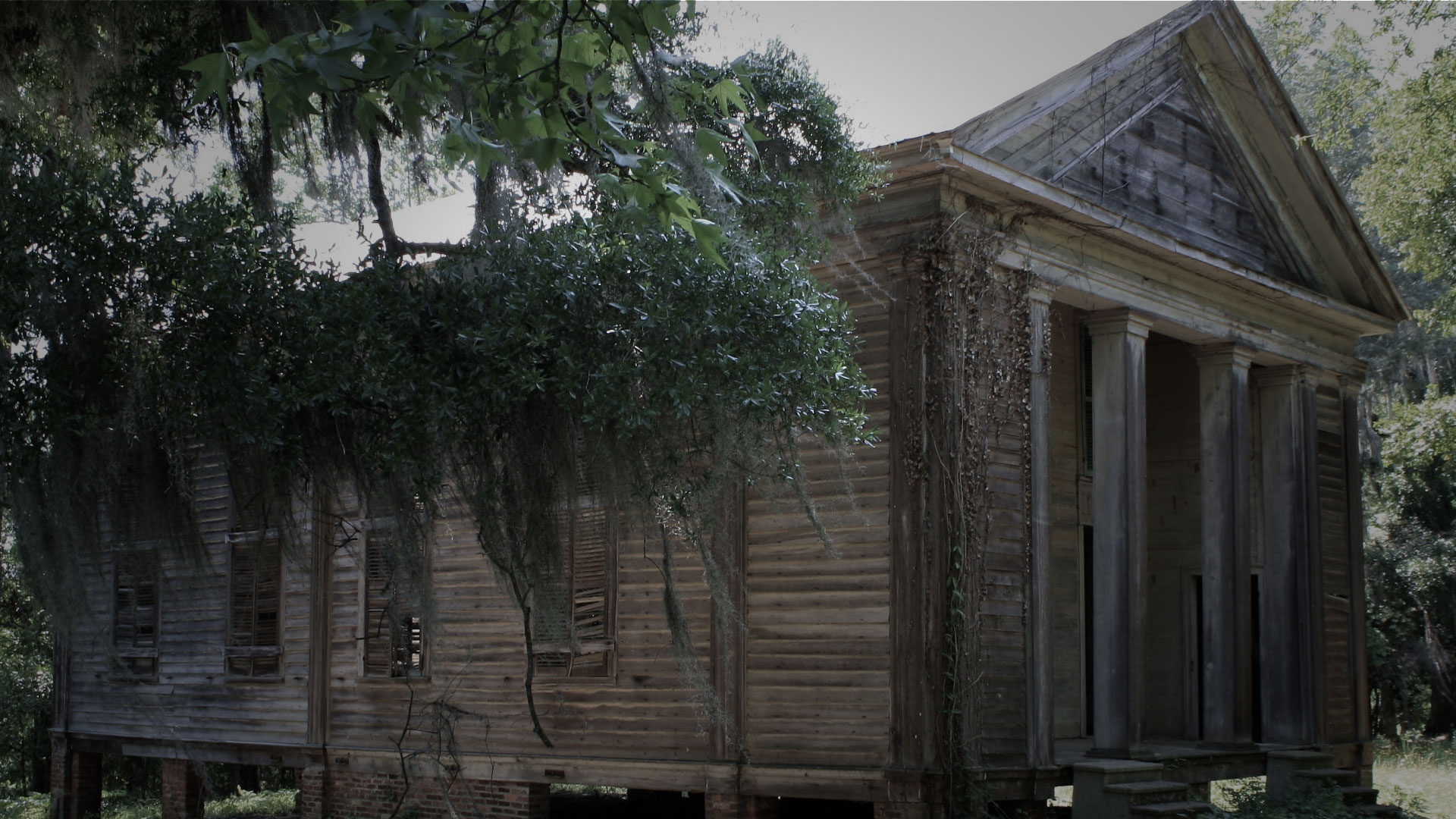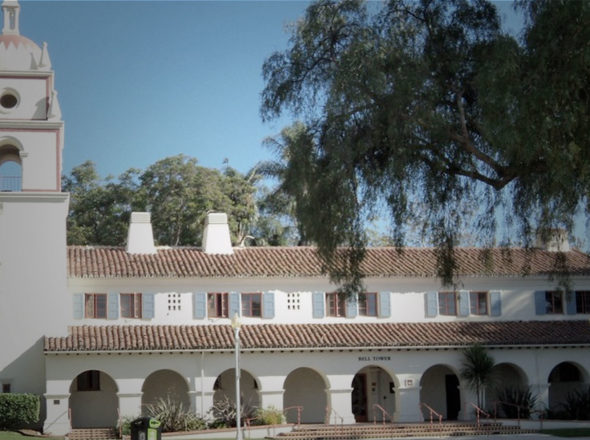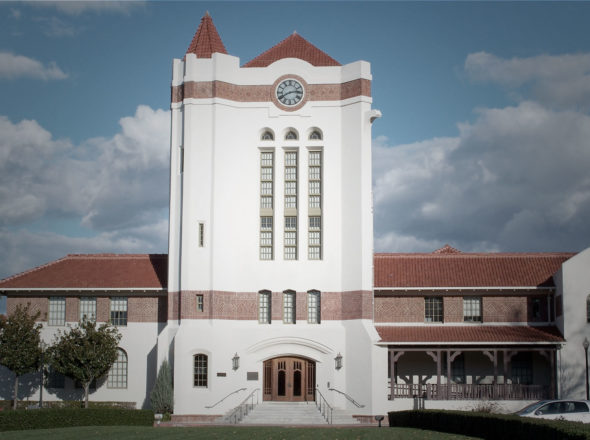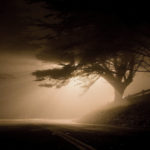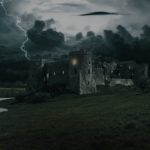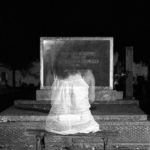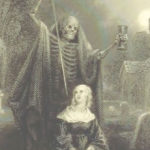The James T. Staples riverboat (officially registered as the Jas. T. Staples, also known as the Big Jim) was a Tombigbee River stern-wheel paddle steamer belonging to Captain Norman Staples, the boat’s designer who named it after his father.
The Russell Cave National Monument was a sacred burial site that is at least 10,000 years old.
The Bladon Springs Cemetery is haunted by Captain Norman Staples, captain of the James T. Staples riverboat. Staples experienced hardships brought on by a large steamboat company’s unethical practices and desire to establish a monopoly over all boats on the Alabama rivers.
Gaineswood was designed and built in 1843 by General Nathan Byran Whitfield, a cotton planter from North Carolina.
Dr. John R. Drish came to Tuscaloosa, Alabama in 1822, moving from Virginia. He was a widower, but he later married wealthy widow Sarah Owen McKinney in 1835.
Sometime during the early 1800s, a man named Charles Boyington and his best friend, Nathaniel Frost, spent many of their afternoons together in the Church Street Graveyard located on Bayou Street. It is unknown why the chose this location in particular to spend their time, but the two were always remembered by the place.
The Auburn University Chapel, built in 1851 by a Presbyterian congregation, is the oldest public building in Auburn, Alabama. During the Civil War, it was utilized as a hospital for wounded Confederate soldiers. In 1864, Sydney Grimlett, a British volunteer serving for the South, was struck in the leg by pieces of cannon shrapnel. By the time he received care for his injured limb, it had turned gangrenous. Grimlett died of blood loss during the amputation (some sources claim he succumbed to the infection). He was buried in the nearby graveyard.
The Adams Grove Presbyterian Church, constructed in the Greek revival-style in 1853, is one of the few pre-Civil War churches remaining in the area. The cemetery outside of the church was built at least five years prior. The last congregation was held in either 1974 or 1986, depending on the source. It is widely considered to be one of the most haunted locations in Alabama.
In 1932, California government purchased 1,760 acres of land in Lewis Ranch in order to build the Camarillo State Mental Hospital (1936 – 1997). Camarillo treated patients with developmental disabilities and mental illnesses; criminally ill patients were sent to Atascadero State Hospital.locations/north-america/usa/california/
The Atascadero State Hospital (DSHA) was opened in 1954 as a state-run, self-contained forensic center designed to house inmates deemed "criminally insane" by the Superior Court, Board of Prison Terms, and/or the Department of Corrections.
Originally opening as “The Great Asylum for the Insane” in 1885 and later called “California Hospital for the Chronic Insane” and “State Asylum at Agnews” (1889), the facility was established by an act of the California Legislature in order to care for the mentally ill.
In 1900, a mental hospital was built on the former site of the Mount Vernon Arsenal in order to help relieve the overcrowding situation at Bryce Hospital, which was located in Tuscaloosa, Alabama. Originally, the hospital was called the "Mount Vernon Hospital" when it opened in 1902 but was renamed "Searcy Hospital" after Dr. J.T. Searcy, the hospital's first superintendent, in 1919.
- 1
- 2

